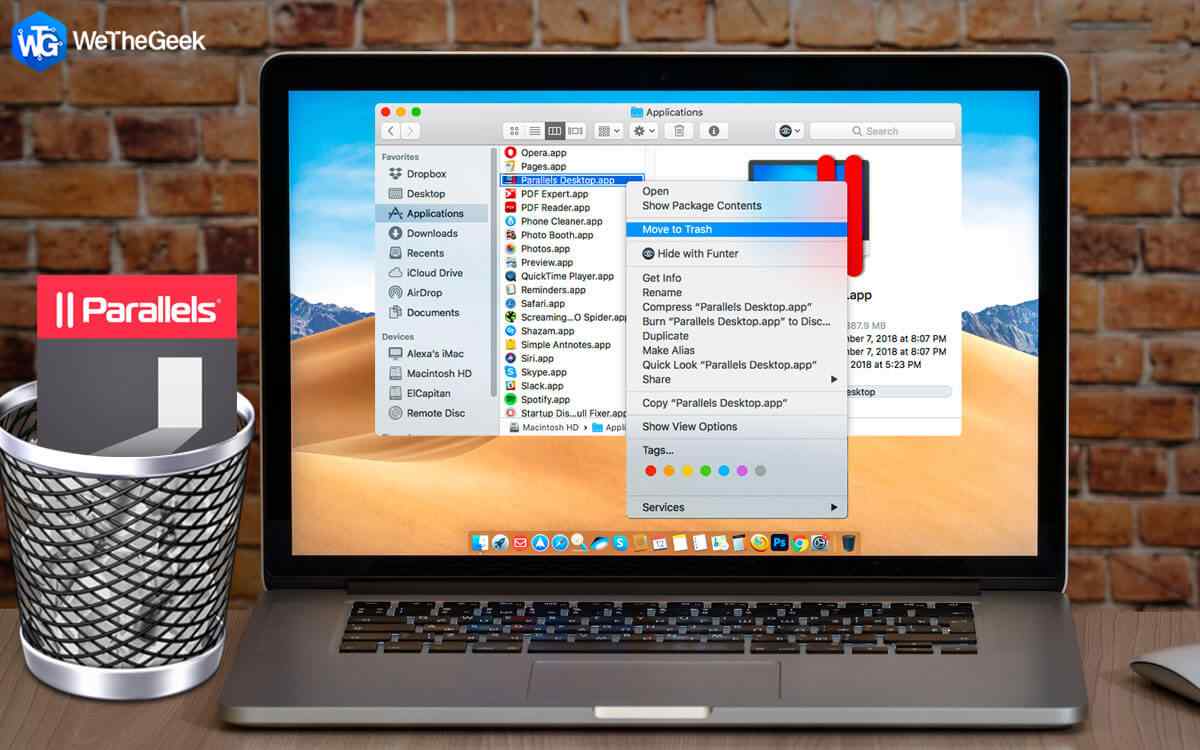


Once you are finished, you should have additional free space in macOS High Sierra. Once you do that for all of your listings, you should be able to run sudo tmutil listlocalsnapshots / in Terminal and see an empty list. Once you press Enter, it will be deleted.It is a simple cleaning and optimization program. Based on my listings, I come up with tmutil deletelocalsnapshots -154852. macube cleaner aims to clean Macs system storage and reclaim the storage space to make the device work more efficiently and smoothly. Next, copy and paste this command into Terminal: tmutil deletelocalsnapshots.The dates are the key thing you need to remember. You’ll see a list backups with dates attached.Its System Junk module runs a thorough scan of your Mac's storage, detecting junk like user cache, system log files, installation files, old updates, and other stuff. Next, enter your local administrator password. CleanMyMac X takes the first place with good reason this MacBook cleaner combines features of both cleaning software and an anti-malware tool.Copy and paste this command into Terminal: sudo tmutil listlocalsnapshots /.macOS is supposed to deal with this automatically, but I like to speed up the process so I can have a better understanding of what is using my disc space. The problem relates to on-disk Time Machine backups, and how macOS stores them. Thanks to an Apple support forum, I found out you can do some terminal tricks to fix this. Do you ever look at the amount of space used on your computer in High Sierra and know it’s completely wrong, especially after you delete some old files? This has happened to me often.


 0 kommentar(er)
0 kommentar(er)
